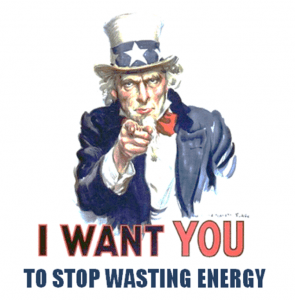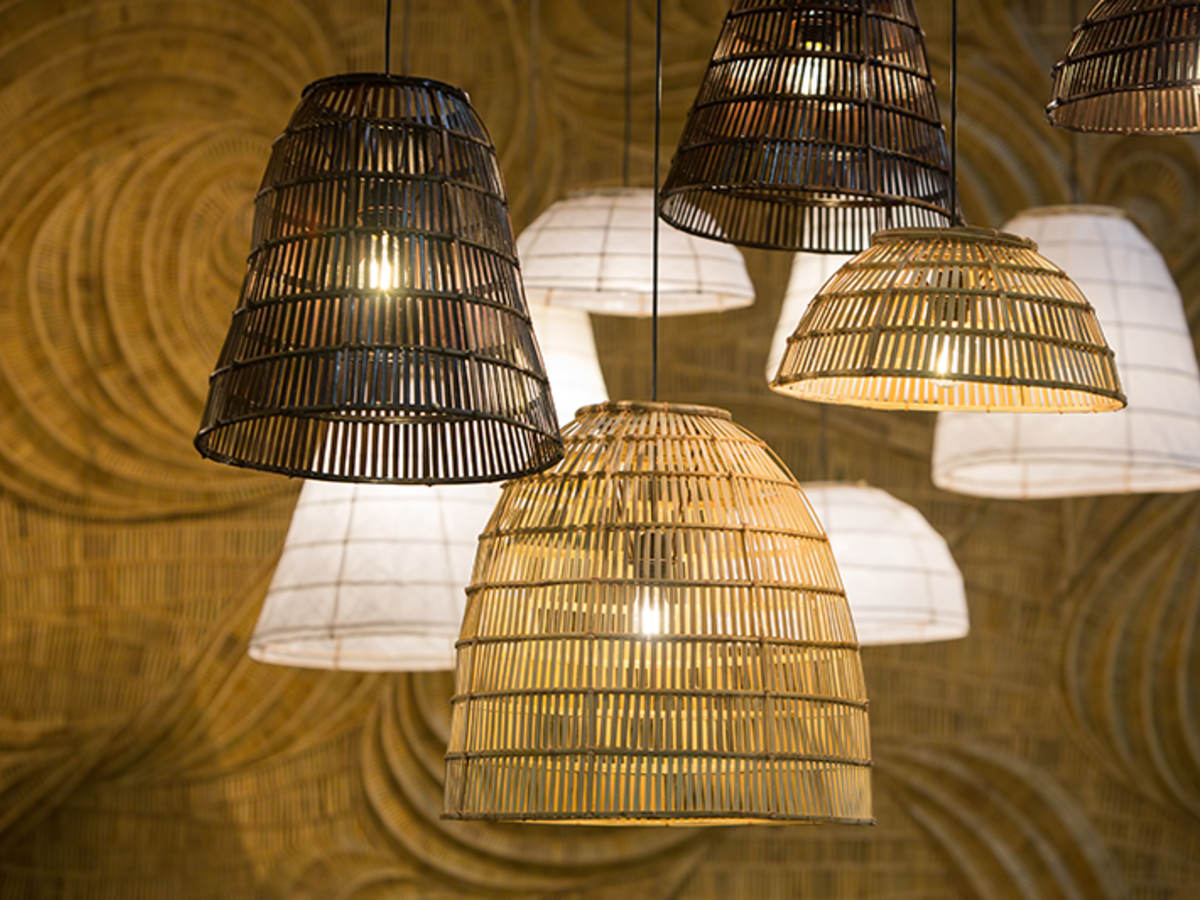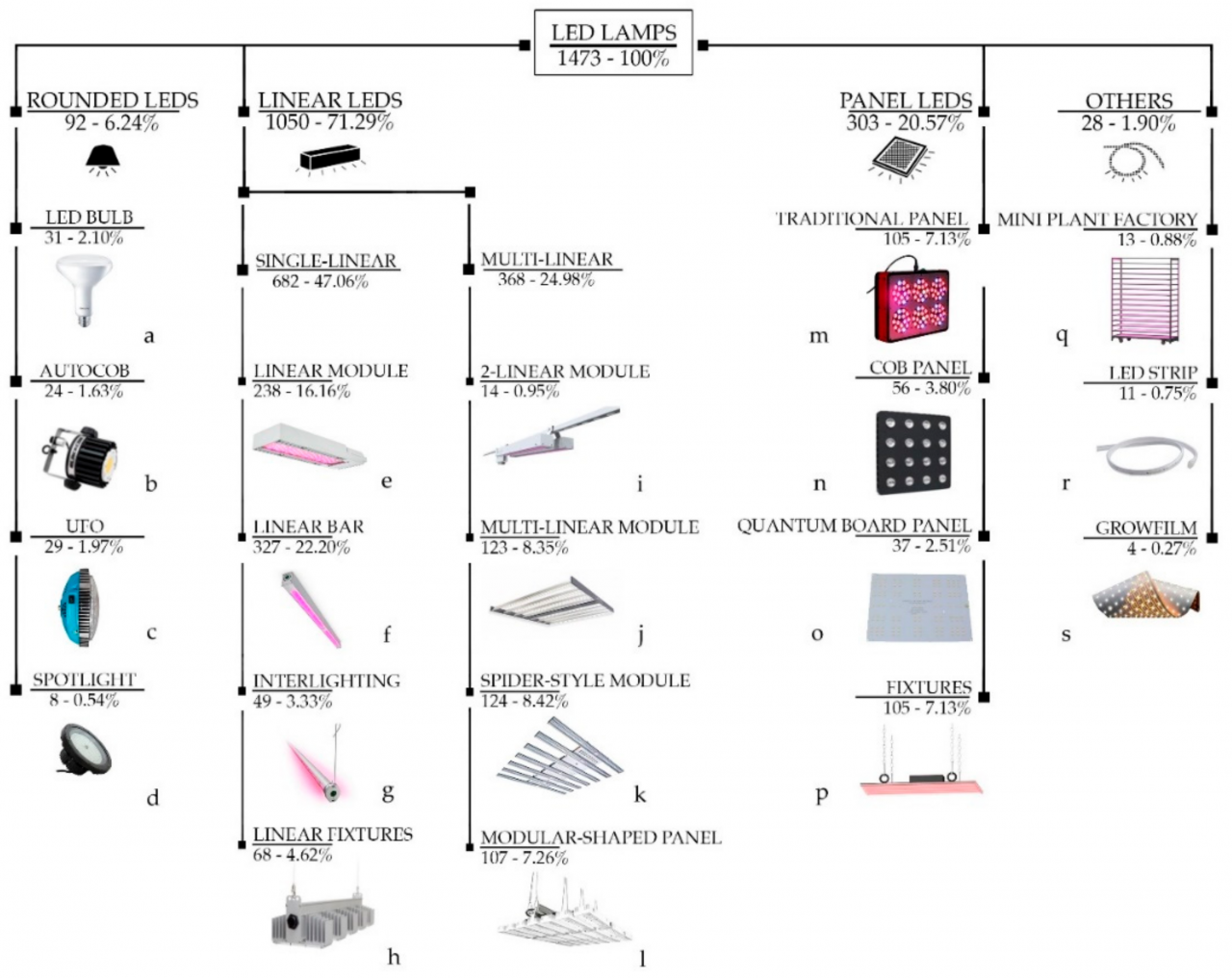
Federal and state energy reduction mandates and building codes are helping drive the adoption of LED luminaires. But, as is so often the case with the government, there are numerous acts passed by Congress with very detailed language. So, I thought I’d explore the federal mandates, a few of the state mandates, and how they may affect those involved with LED luminaires – manufacturers, lighting designers and specifiers.
Because building lighting is commonly considered one of the easiest energy uses in which to find energy savings, it is often targeted in building energy codes and standards when energy reductions are sought. Therefore, it is important for lighting energy code developers and the lighting design community to coordinate efforts to ensure that lighting energy codes continue to be energy effective without inhibiting quality lighting design and implementation.[1]
Federal Mandates
Congress passed the Energy Policy Act of 2005 (EPACT 2005), which addressed many energy management requirements, including energy use measurement and accountability. It also mandated that new federal buildings must achieve savings of at least 30 percent below ASHRAE Standard 90.1-2004, or the 2004 IECC if cost-effective.
Two years later, Congress enacted the Energy Independence and Security Act of 2007 (EISA 2007). One key mandate of this act is Section 433, which includes the Building Energy Efficiency Performance Standards requiring steep reductions in fossil fuel energy relative to usage in the Department of Energy’s (DOE) Commercial Building Energy Consumption Survey. Additionally, EISA 2207 mandates that government buildings slash energy consumption 30 percent by 2015.
Then in 2009, President Obama signed an executive order that requires federal agencies to set 2020 emission reduction targets and numerous other efficiency improvements. A15-page executive order, “Federal Leadership in Environmental, Energy and Economic Performance,” goes into great detail on how each target and improvement is to be reached.
State Mandates
The requirement for states to adopt and enforce a building energy code is a direct result of the Energy Conservation and Production Act (ECPA) as amended by the Energy Policy Act of 2005 (EPAct). All states have energy mandates and building codes, however, I’ve highlighted just a few below.
North Carolina
Switching to LED lighting will help the state meet the requirements of the 2007 Renewable Energy and Energy Efficiency Portfolio Standard (REPS) mandate. This state legislation mandates that 10 percent of the energy that electric cooperatives sell be created through renewable energy resources or energy efficiency measures by 2018.
Illinois
Environmental policies in Illinois have pushed the state to be one of the best ranked in the nation for green initiatives. However, the state still has some work to do in terms of really being green. The state ranked sixth in the nation for consumption of electricity in 2010, according to the DOE.
One program that is helping Illinois change this in order to meet the state’s energy mandates is the Illinois Energy Now program, run by the State Energy Office of the Illinois Department of Commerce and Economic Opportunity. It offers incentives for lighting upgrades to local, state and federal government facilities, public schools, community colleges, public colleges and universities that can help the facilities decrease energy costs. These public facilities are eligible for financial incentives that can help them upgrade to more energy-efficient lighting in response to a phase out of certain types of commercial fluorescent lamps that began in 2012.
California
The California Energy Commission recently updated its Title 24 Energy Efficiency Standards, improving by 30 percent what “up to code” means for commercial buildings. The new standards, which take effect January 1, 2014, introduce requirements for photosensors, occupancy sensors and multi-level lighting controls, both indoors and out, making adaptive lighting the new standard in California.
Adaptive lighting, lighting that automatically dims or shuts off when it’s not needed, represents one of the largest near-term opportunities for energy savings, and its inclusion in the state’s building code marks vital progress. The California Energy Commission projects the non-residential standards alone will save the state 372 GWh every year. Hopefully, they will also pave the way for other states pursuing climate goals.
The California Public Utilities Commission has also called for a 60 percent to 80 percent statewide reduction in electrical lighting consumption by 2020, in its Long Term Energy Efficiency Strategic Plan. This is on top of the goal to make all new residential construction net-zero by 2020, and commercial construction net-zero by 2030. Since lighting currently accounts for nearly 30 percent of California’s electricity use, the extensive use of lighting controls is absolutely essential to meeting these net-zero goals.
Many items in Congressional legislation direct the DOE to develop formal rules to implement mandates in legislation and to accelerate SSL technology. Because of this, the DOE has invested in the research and development of SSL, including LEDs, with industry partners.
Technology Adoption
New energy codes prompt the demand for greater energy efficiency lighting. In an article I read a few years ago, “Code of Conductivity, increasingly stringent energy codes call for higher-efficiency lighting fixtures,” Melanie Taylor, a lighting designer and senior associate with WSP Flack + Kurtz, a New York City–based engineering firm, commented that, “Manufacturers are making these fixtures available primarily because of energy codes. They’ve responded to the demand that energy codes have created.”
Engineering luminaires that meet the updated codes and mandates can only help building owners, lighting designers and specifiers. This, in turn, creates more demand for energy efficient LED luminaires.




